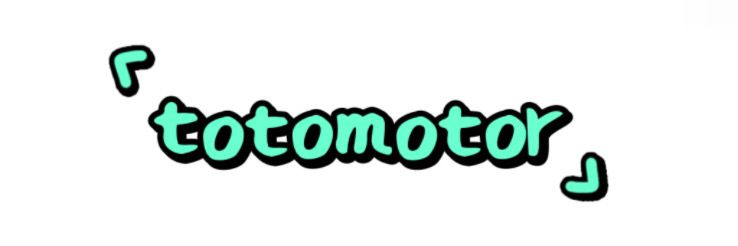How to Choose the Right Textile Equipment?
Understanding the complexities of textile production can be overwhelming, especially when it comes to selecting the right equipment for your needs. Whether you are a startup or a well-established manufacturing unit, choosing the appropriate machinery can significantly affect your operational efficiency, product quality, and ultimately, your bottom line.
Are you interested in learning more about Textile Equipment? Contact us today to secure an expert consultation!
Identify Your Production Needs
The first step in making an informed decision is to clearly define your production requirements. Consider factors like the type of textile you are producing, the scale of your operations, and any specific technologies or processes you may need to implement. For instance, if you are focusing on natural fibers, you will need different equipment compared to synthetic fibers. Moreover, understanding the volume of production will help you choose machines with the right capacity.
Assess Current Trends
Staying abreast of technological advancements in the textile industry can aid in your decision-making process. Innovative machinery not only enhances productivity but can also reduce operational costs. Research new technologies such as automated looms or computer-controlled embroidery machines that can improve precision and reduce human error. Engaging with industry publications and attending trade shows can provide valuable insights into the latest developments.
Evaluate Quality and Performance
Quality assurance is integral to textile manufacturing. The right equipment should maintain consistent performance while delivering high-quality output. Research various brands and their performance statistics; direct testimonials and case studies can offer transparency into how machines function under real-world conditions. Furthermore, consider the durability of the machinery. Investing in high-quality equipment might mean higher initial costs but can lead to lower maintenance and replacement expenses in the long run.
Check Compatibility and Integration
Your textile equipment should integrate seamlessly with your existing systems and processes. Before making a decision, assess the compatibility of new machines with existing software or production lines. Failure to consider this aspect can lead to operational inefficiencies, increased downtime, and additional costs incurred during integration.
Featured content:Solutions to Common Issues When Buying Multi-Needle Quilting Machines
Consider Energy Efficiency
In today’s environmentally conscious market, energy efficiency is an essential criterion for selecting equipment. Look for machines that consume less power but still deliver the required output. Not only can energy-efficient machinery lessen your environmental impact, but they can also help reduce operating costs. Some manufacturers provide specifications on energy consumption, so take the time to compare multiple options.
Review After-Sales Support
After purchasing equipment, the ongoing support from the manufacturer plays a crucial role in maintaining your operations. Check the warranty, service agreements, and availability of spare parts. Reliable manufacturers often provide training for your team, ensuring that your operators are well-versed in the equipment’s functions and maintenance. This can significantly reduce downtime and facilitate smoother production processes.
Budget Considerations
Finally, establishing a realistic budget is vital before progressing with your equipment choice. While some may opt for the cheaper option, it’s essential to balance cost with quality and feature set. A valuable piece of equipment might have a higher upfront cost but could save you money in the long run through efficient operation and lower maintenance costs.
Seek Expert Consultation
When in doubt, consulting with a professional or reaching out to industry experts can provide clarity. These individuals can offer unbiased opinions based on experience and guide you towards equipment that best fits your needs. Additionally, seeking advice from peers in related businesses can yield practical insights that generic sales pitches may overlook.
Ultimately, choosing the right textile equipment is a thoughtful process that involves evaluating your specific needs, understanding industry trends, and assessing the long-term benefits. By taking a strategic approach, you can not only determine the best machinery for your operations but also set the foundation for future growth and success in the textile market.
If you want to learn more, please visit our website Gloves Knitting Machine.
- 0


